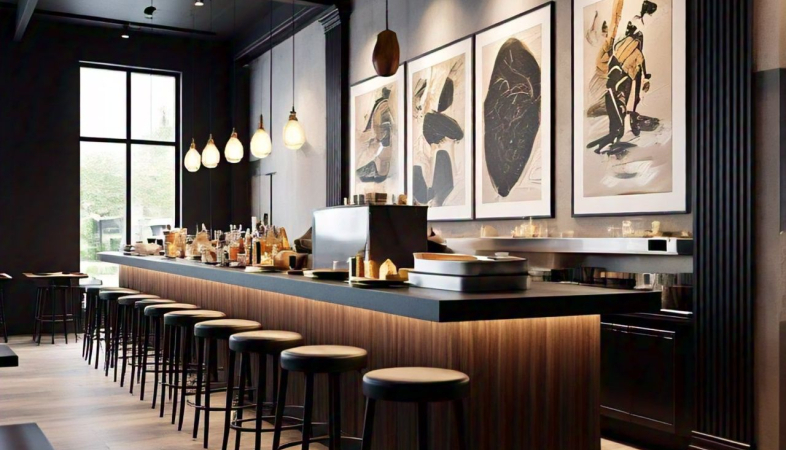The Art of Spherification: Trapping Flavors in Edible Pearls
Whether used in savory or sweet dishes, spherification brings a playful, unexpected element to the dining table, captivating diners with every burst of flavor.
Spherification is one of the most exciting and visually
stunning techniques to emerge from the world of molecular gastronomy. By
transforming liquids into delicate, caviar-like spheres, this process allows
chefs to create an entirely new experience of flavor and texture. When done
right, spherification captures the essence of liquids in an edible form,
creating bursts of flavor that surprise and delight the palate. This culinary
innovation not only changes the way we enjoy food but also offers endless
possibilities for creative cooking.
At its core, spherification is a process where a liquid, usually infused with flavor, is transformed into a solid outer shell with a liquid center. This is typically achieved through a chemical reaction between two key ingredients: sodium alginate and calcium chloride. The sodium alginate is added to the liquid, which is then dropped into a calcium chloride bath. This causes the liquid to gel around the edges, forming a thin, pliable membrane that encases the liquid, creating a small, spherical shape. The result is a beautiful edible pearl that bursts in the mouth, releasing its flavor with each bite.
The origins of spherification can be traced back to the late 20th century, with Spanish chef Ferran Adrià widely credited for popularizing the technique. He and his team at elBulli pushed the boundaries of what was possible in the kitchen, using spherification to transform ordinary ingredients into extraordinary dining experiences. One of the most famous examples of spherification is the "liquid olive," a tiny sphere of olive oil that bursts with flavor when bitten into, offering a totally new way to experience a familiar ingredient.
One of the key attractions of spherification is its ability to trap and release flavors in a way that no other technique can. By encapsulating a liquid in a thin, edible membrane, the spherified pearls can hold a wide range of liquids, from fruit juices and purees to alcohols, broths, and even sauces. Imagine biting into a tiny pearl of freshly squeezed orange juice or a drop of rich balsamic vinegar, and experiencing an explosion of flavor that is at once intense and delicate. This concentrated burst of flavor is what makes spherification so fascinating to both chefs and diners alike.
Spherification also opens up new avenues for textural contrasts in cooking. The outer membrane provides a delicate, almost gelatinous texture, while the interior remains fluid and flavorful. This creates a playful and unexpected experience in the mouth, where the crunchy shell gives way to a liquid center. The contrast between the soft outer shell and the liquid filling can be used to enhance or balance the flavors in a dish. For instance, a savory dish may feature a spherified olive oil or balsamic vinegar, while a dessert could offer spherified fruit juices or chocolate, adding layers of complexity to each bite.
Another benefit of spherification is its versatility. Chefs are not limited to just one type of liquid or flavor. The technique can be used to create a wide variety of edible pearls, allowing for endless experimentation with flavor combinations and presentation. Spherified fruits like mango, passionfruit, and strawberry are common in desserts, while savory spherified ingredients such as soy sauce, mustard, and tomato are often used in appetizers and main courses. Even drinks have been given a unique twist with spherification, as bartenders create cocktails in the form of tiny spheres that dissolve in the mouth, offering a completely new way to experience a drink.
Spherification has proven to be more than just a trend—it’s a culinary innovation that continues to inspire chefs to think outside the box. By combining science with creativity, this technique allows for a deeper exploration of flavors and textures, transforming the way we experience food. Whether used in savory or sweet dishes, spherification brings a playful, unexpected element to the dining table, captivating diners with every burst of flavor. As technology and culinary techniques continue to evolve, it’s clear that spherification will remain an important tool in the chef’s arsenal, offering endless possibilities for the future of food.
.png)




























